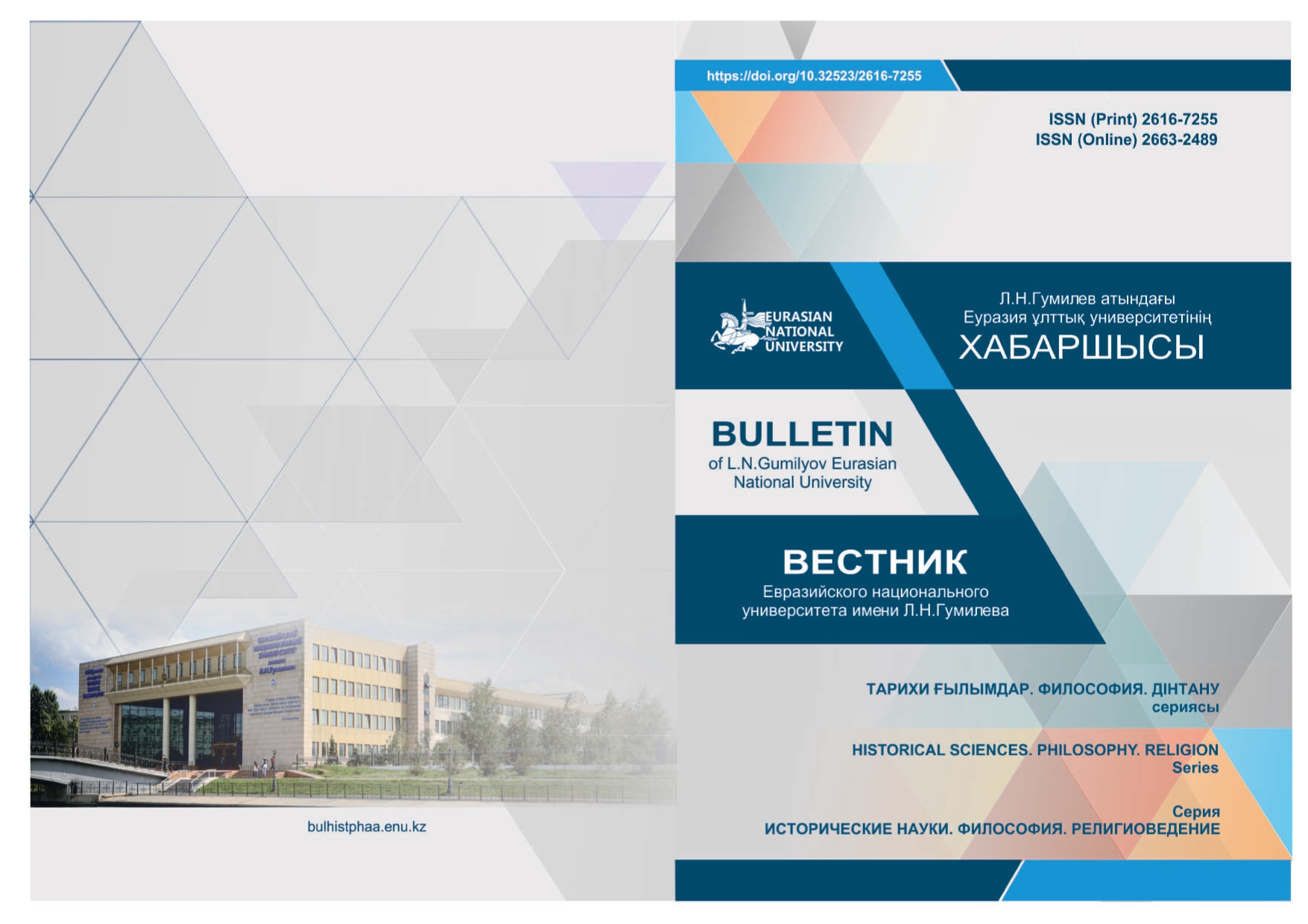Colonial education in the Semirechensk oblast as social practices of the Russian Empire (the 2nd half of the XIX – early XX centuries)
Views: 183 / PDF downloads: 397
DOI:
https://doi.org/10.32523/2616-7255-2023-144-3-119-137Keywords:
Semirechensk oblast, colonial education, Russian Empire, Vernyi men's gymnasium, Russian-native school, Kazakh officialdom, “indigenous” administrationAbstract
In this article, the author examines the role of colonial education in the Semirechensk oblast as a social practice of the Russian Empire. Identifies the features of colonial education for the training of personnel from among the local Kazakh population for administrative affairs. He defines the role of each individual educational organizations organized by the tsarist authorities in the region, and makes an attempt to assess their contribution to the training of the corps of Kazakh officials. The author analyzes the activities of Kazakh graduates of educational institutions in the region in the context of the colonial history of the Semirechensk oblast in the late XIX- early XX centuries. In the article, a special role is given to the number of Kazakh students involved in imperial educational organizations, thereby determining the position of the local Kazakh population in relation to government education. The author also draws attention to the consequences of the training of local personnel by educational organizations of the region in the management of the region, assessing their contribution to the social life of the Kazakh nomadic society of the late XIX – early XX centuries. In conclusion, the author, based on the results of the study, gives his arguments regarding the problem of the colonial education of the tsarist government in the Semirechensk oblast, paying special attention to the case of training local personnel for the colonial administration.
Downloads

Downloads
Published
How to Cite
Issue
Section
License
Copyright (c) 2023 Мiras Y. Abdrakhim

This work is licensed under a Creative Commons Attribution-NonCommercial 4.0 International License.







